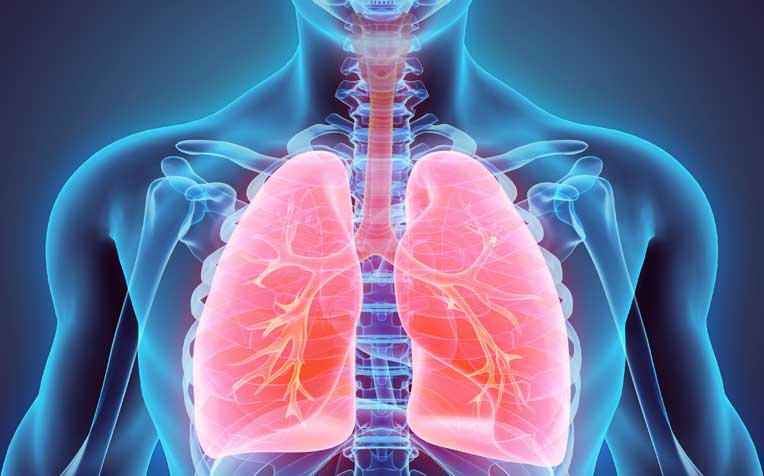HealthXchange will NEVER ask you to transfer money over a call. If in doubt, call the 24/7 ScamShield helpline at 1799, or visit the ScamShield website at www.scamshield.gov.sg.

Think it could be tuberculosis (TB)? Go see a doctor and have it checked! Early detection of tuberculosis (TB) is your best protection.
How is tuberculosis (TB) treated?
Tuberculosis (TB) can be cured with anti-TB medication. As treatment for TB takes much longer than other types of bacterial infections, a patient is often required to take a combination of drugs for six to nine months.
Even if the symptoms of tuberculosis begin to disappear after you’ve begun taking the drugs, it is imperative to continue taking them for the entire course to ensure that all TB germs are killed, shares
Clinical Associate Professor Low Su Ying, Senior Consultant from the
Department of Respiratory & Critical Care Medicine at
Singapore General Hospital (SGH), a member of the
SingHealth group.
“Incomplete TB treatment will allow the surviving TB germs to continue to grow and multiply. But this time, they may develop resistance to the first-line drugs. In such situations, second-line TB drugs must be taken for a longer period but the chance of cure is considerably reduced,” explains Clin Assoc Prof Low.
How to prevent tips tuberculosis (TB)
Here are the measures you can adopt to help protect yourself and your loved ones from tuberculosis:
Practice good hand hygiene - Wash your hands frequently with soap and water, and avoid touching your face.
Wash your hands the right way, watch this video to learn how!Always cough and sneeze into a tissue, and throw the used tissues into a rubbish bin. If you do not have a tissue, cover your mouth and nose when coughing or sneezing.
Go for a check-up if you suspect that you could be suffering from TB.
Wear a mask when going to crowded places.
Keep your immune system functioning properly by adopting healthy eating habits, exercising regularly and getting sufficient sleep.
If someone you know has contracted TB, encourage him or her to adhere faithfully to the treatment.
What to do if you are diagnosed with tuberculosis (TB)
If you have been diagnosed with active TB, be sure to:
![]() Complete the full course of your TB medications.
Complete the full course of your TB medications.
![]() Stay at home especially during the first two weeks of treatment.
Stay at home especially during the first two weeks of treatment.
![]() Cover your mouth with a tissue when you cough or sneeze, and wear a face mask when around people during the first few weeks of treatment.
Cover your mouth with a tissue when you cough or sneeze, and wear a face mask when around people during the first few weeks of treatment.
Ref: S13
Check out other articles on respiratory health:
Flu vs COVID-19: How to Tell the Difference
What Causes a Persistent Cough?
Pneumonia: What You Need to Know
COPD (Chronic Obstructive Pulmonary Disease): Symptoms, Risks, Treatment
Contributed by
Related Articles
Public Events
Get the Health Buddy App
© 2025 SingHealth Group. All Rights Reserved.

















 Get it on Google Play
Get it on Google Play